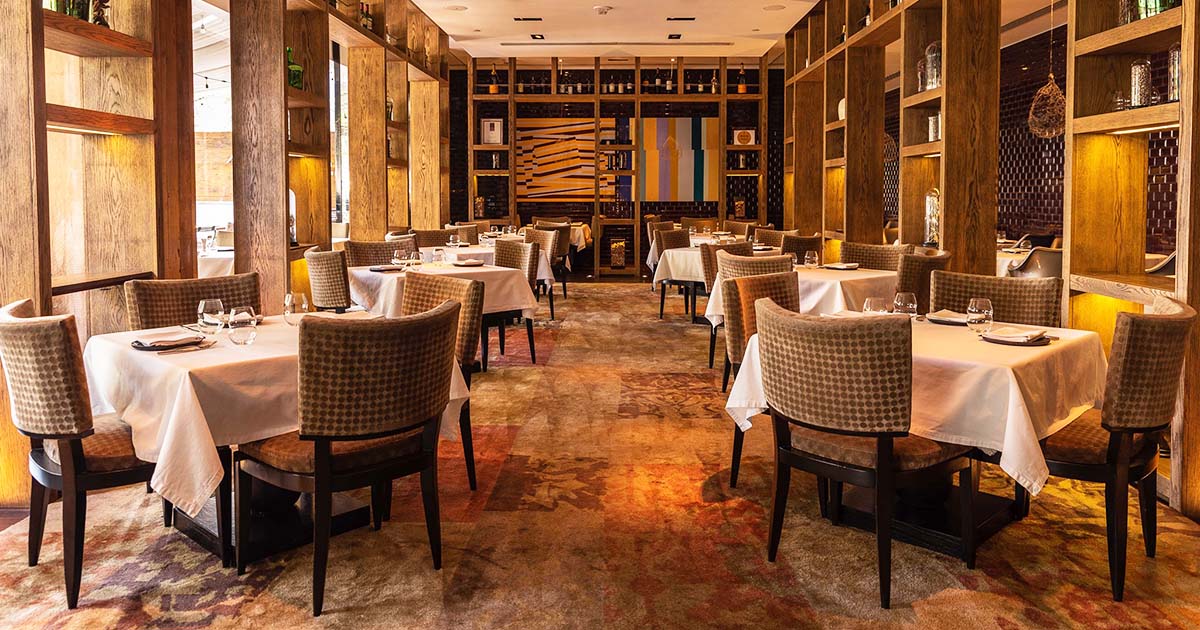The Ultimate Guide To Restaurants in Myrtle Beach

The Definitive Guide to ServSafe® - Food Handler, Manager and Responsible
The bigger and more luxurious of these establishments offered a dining experience that resembled contemporary restaurant culture. According to a Chinese manuscript from 1126, clients of one such facility were greeted with a choice of pre-plated presentation meals which represented food choices. Clients had their orders taken by a group of waiters who would then sing their orders to the cooking area and disperse the meals in the precise order in which they had actually been ordered.

The 8 Most Popular (and Profitable) Restaurant Types
Restaurants dealt with different styles of food, cost brackets, and spiritual requirements. Even within a single dining establishment choices were readily available, and individuals bought the entre from composed menus. An account from 1275 writes of Hangzhou, the capital city for the last half of the dynasty: The people of Hangzhou are extremely tough to please.
one wants cooked food, another raw, another picks roast, another grill. The restaurants in Hangzhou likewise accommodated many northern Chinese who had run away south from Kaifeng during the Jurchen invasion of the 1120s, while it is likewise understood that many dining establishments were run by families formerly from Kaifeng. In Japan, a restaurant culture emerged in the 16th century out of regional tea houses.
Examine This Report on Red Robin: Family Friendly Burger Restaurant
In Europe, inns which offered food and accommodations and pubs where food was served together with liquors prevailed into the Middle Ages and Renaissance. They typically served typical fare of the type normally available to peasants. In This Is Noteworthy , such establishments were called bodegas and served tapas. In England, they usually served foods such as sausage and shepherd's pie.

U.SHouse Passes New Restaurant Relief Bill - Food & Wine
These were establishments which served dishes such as pies, puddings, sauces, fish, and baked meats. Customers might either purchase a ready-made meal or bring their own meat to be cooked. As only large private homes had the ways for cooking, the occupants of European cities were considerably reliant on them.
As far back as the thirteenth century, French inns served a range of food bread, cheese, bacon, roasts, soups, and stews - typically eaten at a typical table. Parisians could buy what was essentially take-out food from rtisseurs, who prepared roasted meat dishes, and pastry-cooks, who could prepare meat pies and often more elaborate dishes.

